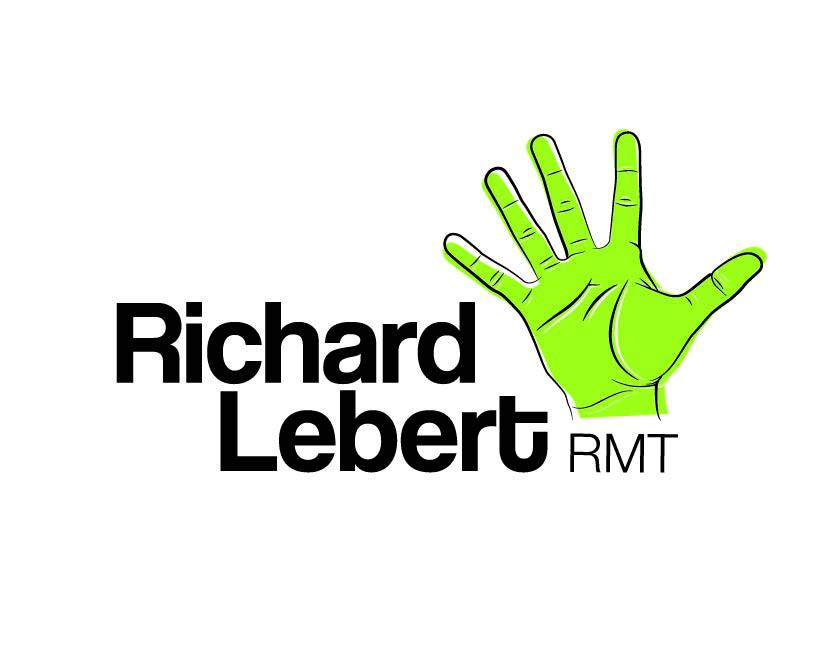Auricular Acupressure for Musculoskeletal Pain
/Auricular Acupressure for Musculoskeletal Pain
Auricular acupressure is simple intervention that may be of use for patients as a part of a multidisciplinary pain management strategy (Dai et al., 2025; Jan et al., 2017; Murakami et al., 2017; Zhang et al., 2023). Acknowledging that traditional narratives are outdated auricular acupressure can be reframed as a form of peripheral nerve stimulation technique in pressure points are stimulated manually or with electricity. Auricular acupressure can be used to stimulate the auricular branch of the vagus nerve (the inner conch of the ear), the auriculotemporal nerve, the lesser occipital nerve, and the greater auricular nerve which may have several therapeutic benefits (Butt et al., 2020; Usichenko et al., 2017; Usichenko et al., 2022).
There are different auricular maps used in different regions (e.g., France, United States, Germany, and China). One of the most common standardized method used to treat chronic musculoskeletal pain is called the battlefield acupuncture protocol (Dai et al., 2025). The name comes from its use in the military where other pain management treatments may be hard to come by. In this protocol there are five auricular acupuncture points that are stimulated, which stimulate most of the major nerves in the outer part of the ear. These points are called: Cingulate Gyrus, Thalamus, Omega 2, Point Zero, and Shen Men.
Battlefield acupuncture is a specialized auricular acupuncture method designed for pain control in both military and civilian settings. This technique is considered an effective alternative approach for managing pain.
References and Sources
Butt, M. F., Albusoda, A., Farmer, A. D., & Aziz, Q. (2020). The anatomical basis for transcutaneous auricular vagus nerve stimulation. Journal of anatomy, 236(4), 588–611. https://doi.org/10.1111/joa.13122
Dai, N., Liu, X., & Wan, H. (2025). Practical Applications and Safety of Battlefield Acupuncture for Pain Management: A Systematic Literature Review. Journal of multidisciplinary healthcare, 18, 2749–2769. https://doi.org/10.2147/JMDH.S517946
Duff, I. T., Likar, R., Perruchoud, C., Kampusch, S., Köstenberger, M., Sator, S., Stremnitzer, C., Wolf, A., Neuwersch-Sommeregger, S., & Abd-Elsayed, A. (2024). Clinical Efficacy of Auricular Vagus Nerve Stimulation in the Treatment of Chronic and Acute Pain: A Systematic Review and Meta-analysis. Pain and therapy, 13(6), 1407–1427. https://doi.org/10.1007/s40122-024-00657-8
Elliott, T., Merlano Gomez, M., Morris, D., Wilson, C., & Pilitsis, J. G. (2024). A scoping review of mechanisms of auricular acupuncture for treatment of pain. Postgraduate medicine, 136(3), 255–265. https://doi.org/10.1080/00325481.2024.2333232
Guo, K., Lu, Y., Wang, X., Duan, Y., Li, H., Gao, F., & Wang, J. (2024). Multi-level exploration of auricular acupuncture: from traditional Chinese medicine theory to modern medical application. Frontiers in neuroscience, 18, 1426618. https://doi.org/10.3389/fnins.2024.1426618
Hilz, M. J. (2022). Transcutaneous vagus nerve stimulation - A brief introduction and overview. Autonomic neuroscience : basic & clinical, 243, 103038. https://doi.org/10.1016/j.autneu.2022.103038
Jan, A. L., Aldridge, E. S., Rogers, I. R., Visser, E. J., Bulsara, M. K., & Niemtzow, R. C. (2017). Review article: Does acupuncture have a role in providing analgesia in the emergency setting? A systematic review and meta-analysis. Emergency medicine Australasia : EMA, 29(5), 490–498. https://doi.org/10.1111/1742-6723.12832
Kang, B., Yoon, D. E., Ryu, Y., Lee, I. S., & Chae, Y. (2025). Beyond Needling: Integrating a Bayesian Brain Model into Acupuncture Treatment. Brain sciences, 15(2), 192. https://doi.org/10.3390/brainsci15020192
Kawi, J., Yeh, C. H., Lukkahatai, N., Wu, H., Morone, N. E., Glick, R., Schlenk, E. A., Campbell, C., Thrul, J., Huang, X., Wang, H., Jia, H. M., Christo, P., & Johnson, C. (2025). Auricular Point Acupressure for Older Adults with Chronic Low Back Pain: A Randomized Controlled Trial. Pain medicine (Malden, Mass.), pnaf035. Advance online publication. https://doi.org/10.1093/pm/pnaf035
Murakami, M., Fox, L., & Dijkers, M. P. (2017). Ear Acupuncture for Immediate Pain Relief-A Systematic Review and Meta-Analysis of Randomized Controlled Trials. Pain medicine (Malden, Mass.), 18(3), 551–564. https://doi.org/10.1093/pm/pnw215
Nogier, R. (2021). History of Auriculotherapy: Additional Information and New Developments. Medical acupuncture, 33(6), 410–419. https://doi.org/10.1089/acu.2021.0075
Pradhan, S. K., Gantenbein, A. R., Li, Y., Shaban, H., Lyu, X., Sevik, A., & Furian, M. (2024). Daith piercing: Revisited from the perspective of auricular acupuncture systems. A narrative review. Headache, 64(2), 131–140. https://doi.org/10.1111/head.14672
Usichenko, T., Hacker, H., & Lotze, M. (2017). Transcutaneous auricular vagal nerve stimulation (taVNS) might be a mechanism behind the analgesic effects of auricular acupuncture. Brain stimulation, 10(6), 1042–1044. https://doi.org/10.1016/j.brs.2017.07.013
Usichenko, T. I., Hua, K., Cummings, M., Nowak, A., Hahnenkamp, K., Brinkhaus, B., & Dietzel, J. (2022). Auricular stimulation for preoperative anxiety - A systematic review and meta-analysis of randomized controlled clinical trials. Journal of clinical anesthesia, 76, 110581. https://doi.org/10.1016/j.jclinane.2021.110581
Wirz-Ridolfi A. (2019). The History of Ear Acupuncture and Ear Cartography: Why Precise Mapping of Auricular Points Is Important. Medical acupuncture, 31(3), 145–156. https://doi.org/10.1089/acu.2019.1349
Zhang, Y. L., Mao, J. J., Li, Q. S., Weitzman, M., & Liou, K. T. (2023). Battlefield acupuncture for chronic musculoskeletal pain in cancer survivors: a novel care delivery model for oncology acupuncture. Frontiers in pain research (Lausanne, Switzerland), 4, 1279420. https://doi.org/10.3389/fpain.2023.1279420


